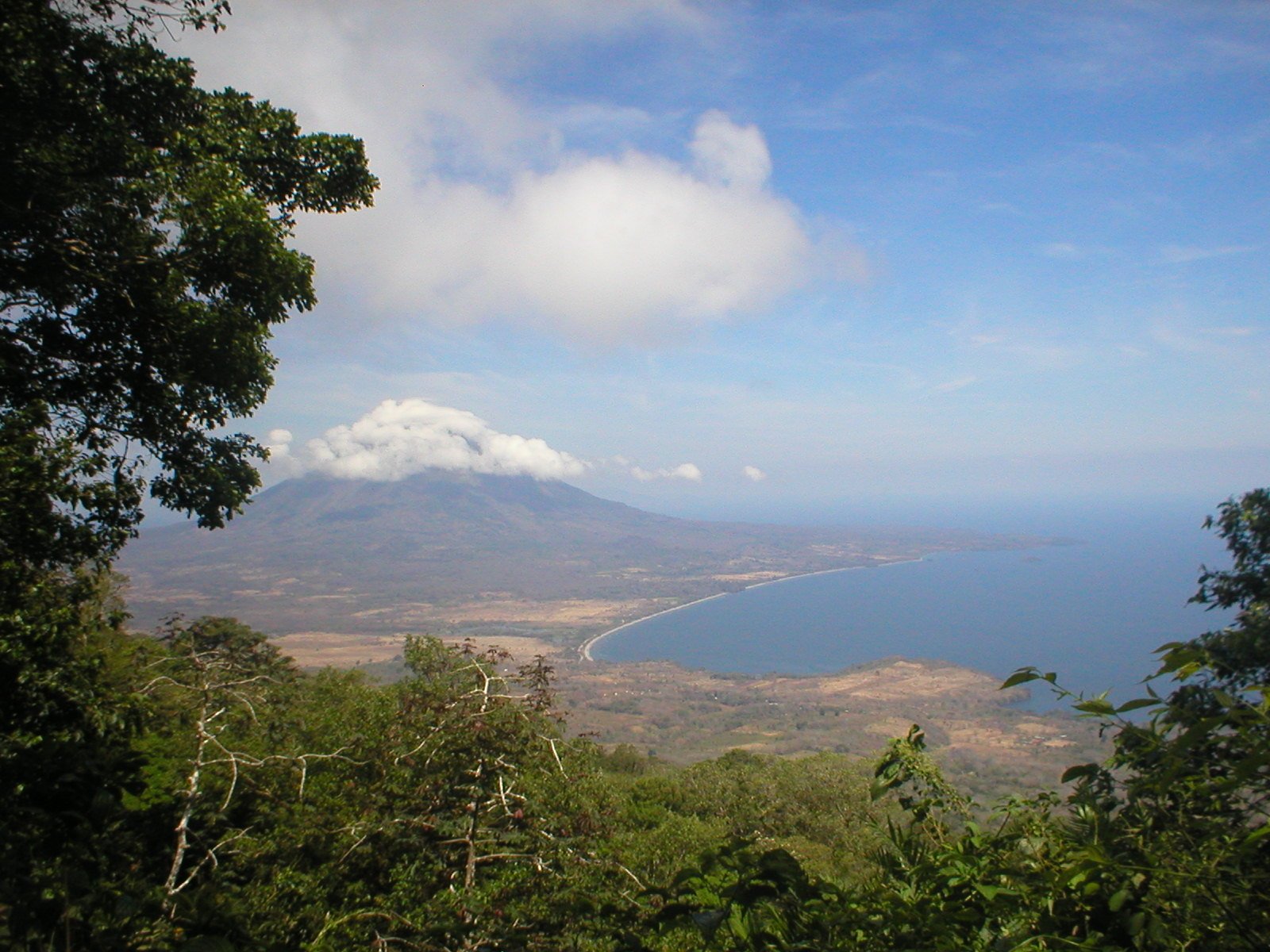🇳🇮map Nicaragua [Culture]

Historical Context
Nicaragua’s identity is shaped by layers of Indigenous heritage, Spanish conquest, and a struggle for sovereignty that continued long after independence in 1838. In the mid-1800s, the country became a transit corridor for travelers heading to California, drawing outside powers into its affairs and culminating in the notorious filibuster William Walker’s attempt to seize control. These experiences left a lasting wariness of foreign interference and a strong streak of national pride—captured in a national anthem that celebrates independence. The 1979 Sandinista revolution sought to upend entrenched inequalities and sparked sweeping social programs, including a landmark literacy campaign in 1980 that reached hundreds of thousands of rural residents.
People and Demographics
Nicaragua is the largest country in Central America by land area, with communities stretched between the Pacific and Caribbean coasts and concentrated in cities like Managua and León. The country’s name is linked to the Indigenous chief Nicarao and to words from regional languages, reminding visitors that Indigenous roots run deep even as Spanish language and customs dominate public life. Urban spaces show a blend of colonial and modern influences, while many rural areas keep long-standing traditions tied to agriculture and local festivals. For newcomers, it’s helpful to remember that social life, expectations, and opportunities can look very different from a dense urban neighborhood to a small farming town.
Language and Communication
Spanish is the main language you’ll hear, and it is central to everyday life and public services. You’ll notice familiar vocabulary if you’ve traveled elsewhere in Central America, though local expressions and rhythms give Nicaraguan Spanish its own flavor. Learning even basic Spanish goes a long way, especially outside tourist zones; it opens doors in markets, neighborhoods, and municipal offices. If you’re new to the country, simple greetings, polite forms, and patience with your own learning curve will be appreciated.
Social Values and Norms
Nicaraguans take pride in community efforts that have lifted the country during hard times, from the national literacy push to local municipal projects. The revolution era brought strong rhetoric around equality and social participation, and echoes of that idealism still color public conversations. Land has long symbolized status, and debates about who benefits from development can be lively. As a guest, you’ll find respect for local history and a willingness to listen will serve you better than quick judgments.
Religion and Spirituality
Public life and architecture reflect a strong Roman Catholic heritage, visible in grand cathedrals and civic rituals, particularly in historic cities like León. These spaces are as much community anchors as religious sites, hosting gatherings and marking the calendar with processions and holidays. Even if you’re not religious, it’s worth visiting major churches for their cultural and historical significance. Modest dress and a quiet, observant demeanor are appropriate in sacred spaces and during public religious events.
Social Acceptance and Inclusion
Class difference has long shaped social relations in Nicaragua, with landownership historically tied to influence and mobility. The Sandinista period explicitly aimed to reduce those gaps, and the memory of that project still informs how people talk about fairness, education, and opportunity. You may find a strong respect for those who contribute to community learning, health, and youth programs, reflecting pride in the literacy movement. As a foreign resident or digital nomad, showing up as a neighbor—supporting local initiatives and spending locally—goes farther than credentials.
Arts and Expression
Nicaragua’s visual identity shines in its colonial architecture and in public spaces that carry the marks of political history, including murals and civic buildings. León’s streets, red-tiled roofs, and imposing cathedral evoke centuries of art and devotion, while Managua’s rebuilt landscape tells a story of reinvention after the 1972 earthquake. Culinary traditions are also a form of expression: nacatamales wrapped in banana leaves, hearty gallo pinto, and yucca dishes like vigorón link daily life to the land. Keep your eyes open for community events where music, poetry, and storytelling mingle with food and family.
Social Life and Relationships
Connections often start in everyday settings—cafés, markets, church courtyards, and neighborhood parks—where a warm greeting and a little Spanish can turn small talk into friendship. Shared meals matter, and food is a natural bridge: accept an invitation to try gallo pinto for breakfast or nacatamales on a weekend, and you’ll likely be swapping stories by dessert. Politeness counts; ask before taking photos, and avoid heated political opinions until you understand your hosts’ context. Bringing a small, thoughtful gift—like pastries or fruit—when invited to someone’s home is a gracious touch.
Education and Intellectualism
The national literacy campaign of 1980 is a touchstone of pride, remembered for sending students into the countryside to teach entire families to read. That legacy frames education as a collective effort and a path to dignity, especially in rural communities. You’ll find civic institutions—museums, libraries, cultural centers—tied to municipal governments, with programming that reflects local history and concerns. Travelers who attend talks, exhibits, or book fairs will notice how conversations often blend art, politics, and memory.
Integration for Foreigners
Cultural integration starts with language: prioritize Spanish classes early, then practice at markets and community events where people are patient and curious. Choose neighborhoods near lively plazas or cultural centers to make local friends, and volunteer with literacy or youth programs to build genuine ties. Respect the historical sensitivities around foreign intervention; ask questions and listen more than you lecture. Finally, explore beyond the capital—walk León’s colonial center, sample street food, and learn the stories behind the buildings—so you’re connecting with Nicaragua’s past and present, not just passing through.
Maria
Maria is a bilingual travel writer and immigration consultant originally from Mexico City, with extensive
experience living and working across Latin America. She spent her early career as a journalist covering
cross-border migration and expatriate communities throughout Central and South America. Having personally
navigated complex visa processes in multiple countries including the United States and Spain,
Maria understands firsthand the challenges faced by Latin American professionals seeking international
opportunities.
Published: 2025-05-03